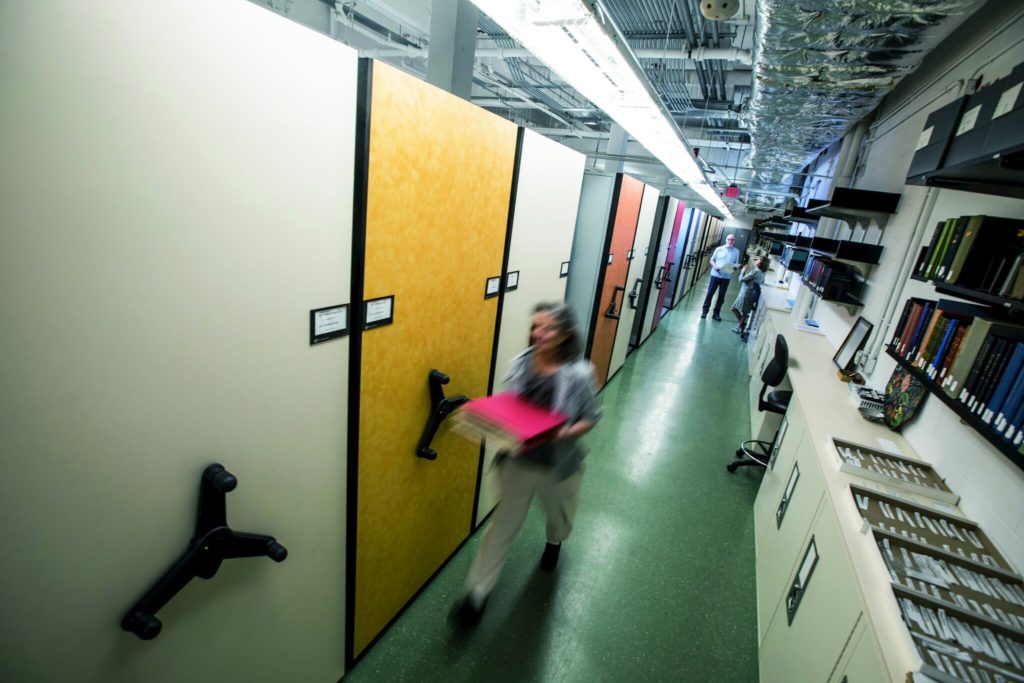Duke University has announced that it will close its herbarium, which hosts over 825,000 plants, fungi, and algae specimens. Duke’s herbarium is one of the most diverse in the nation and has existed for over a century. Scientists are pushing for Duke to reconsider as the herbarium has helped scientists make numerous discoveries regarding plant life and human environmental impact.
Erika Edwards, curator of the Yale Herbarium, said, “This is such a devastating blow for biodiversity science. The entire community is simultaneously shocked and outraged.” Many others have also spoken out against this decision, with a petition circulating from the Natural Science Collections Alliance and six other societies. The petition currently has over 11,000 signatures. The Duke Herbarium is the second-largest private university herbarium in the United States, with specimens that are over two centuries old.
The Natural Science Collections Alliance wrote a letter to Duke University, explicitly stating, “Duke’s decision to forgo responsibility of their herbarium specimens sets a terrible precedent.” With a collection as large as Duke’s, many scientists felt a large drawback. The university sent an email to certain staff, announcing that the collection would be moved elsewhere in the next few years. According to Kathleen Pryer, the director of the herbarium since 2005, she was unaware of the administration’s decision to shut down the collection. She was not included in any conversations before the email was sent to the herbarium staff.
Many other universities across the country utilize the herbarium for research in molecular, biochemical, and cytogenetic studies. Professors from the University of Maine, the University of Michigan, the University of North Carolina at Chapel Hill, Texas Tech University, and the University of California, Berkeley have all expressed frustration with the closing. The email sent to herbarium staff regarding the closure read, “At the same time, we have carefully considered the requirements to maintain [the herbarium] in the manner in which it should be maintained, which would include multiple endowed faculty and staff lines as well as state-of-the-art facilities.” The university also announced that alternatives were proposed for gathering funding and creating a new building for the herbarium, but those ultimately did not pan out. The cost of maintenance, as well as staffing, would be approximately $25 million, as calculated by Duke.
However, Pryer has contested this fact, claiming that a Duke donor was willing to contribute $1 million from a $3 million proposal, yet Duke did not entertain the proposal and instead immediately shut it down. Currently, the university plans to move the herbarium within the next two or three years. The process to relocate 825,000 plant specimens requires more time, yet Duke plans on targeting a maximum of 3 years. While this news has been disheartening for many scientists, the current projects have huge potential — sequencing genomes, combating mass extinction, and planting seeds of decades-old plants. These discoveries feed the hope that Duke herbarium’s plant species will find a home where they will continue to provide research and inspiration for countless other scientists.
